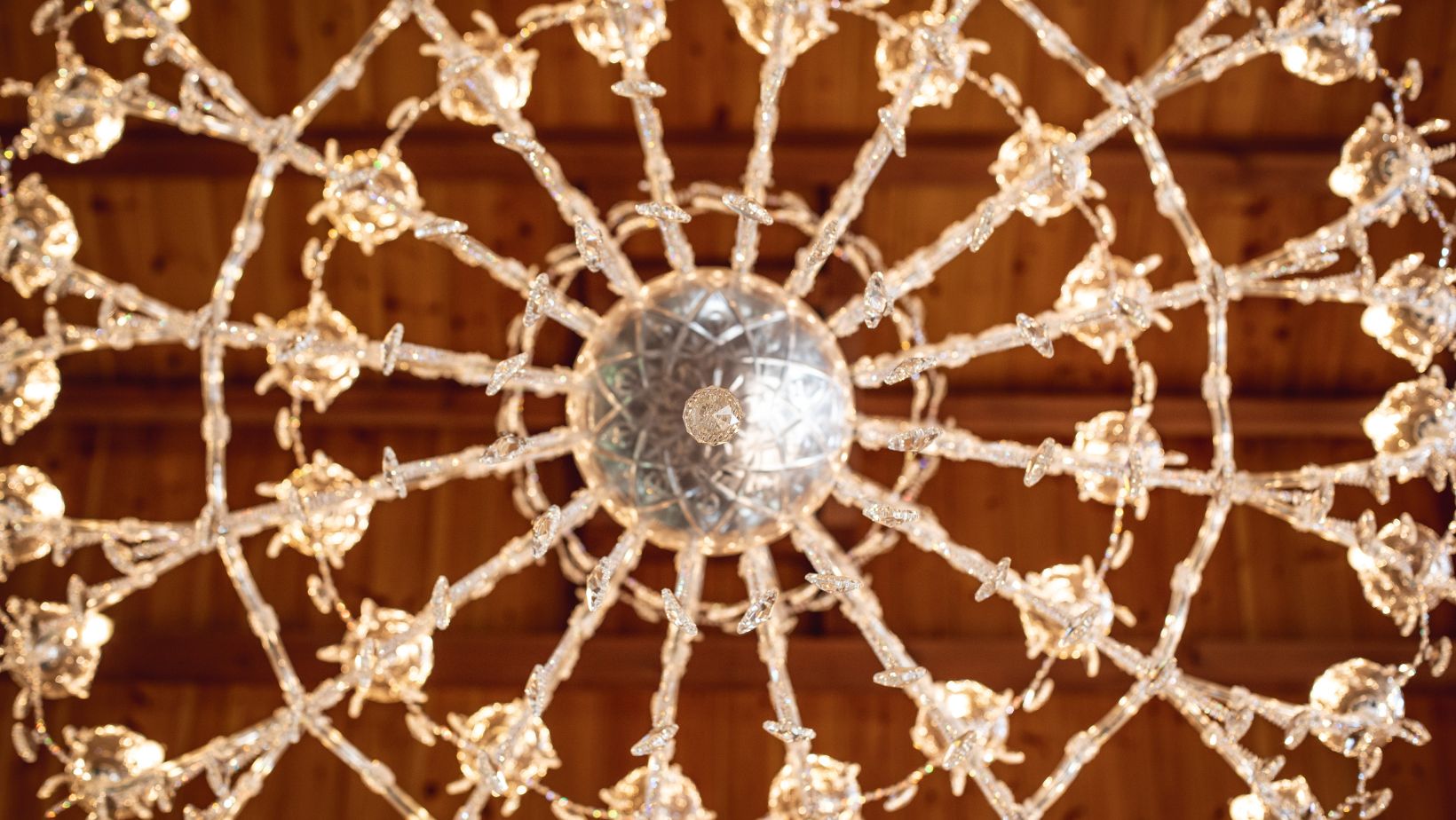
An arts and crafts chandelier isn’t just a light fixture; it’s a statement piece that brings character and charm to any room. Rooted in the Arts and Crafts movement of the late 19th and early 20th centuries, these chandeliers emphasize handcrafted quality and natural materials. They often feature intricate designs that reflect the craftsmanship and artistic expression of their creators.
Arts and Crafts Chandelier
Origins and Philosophical Foundations
 The Arts and Crafts chandelier emerged from the late 19th-century Arts and Crafts movement. This movement began in Britain and spread to North America, emphasizing traditional craftsmanship, simple forms, and the use of natural materials. It countered mass production, promoting individual artistry and quality over quantity. Chandeliers from this period often included elements like hand-hammered metal, stained glass, and carved wood, reflecting an appreciation for meticulous handwork and natural beauty.
The Arts and Crafts chandelier emerged from the late 19th-century Arts and Crafts movement. This movement began in Britain and spread to North America, emphasizing traditional craftsmanship, simple forms, and the use of natural materials. It countered mass production, promoting individual artistry and quality over quantity. Chandeliers from this period often included elements like hand-hammered metal, stained glass, and carved wood, reflecting an appreciation for meticulous handwork and natural beauty.
Impact on Modern Design
Modern design continues to feel the influence of the Arts and Crafts chandelier. These fixtures inspire contemporary artisans and designers to prioritize craftsmanship and authentic materials. Today’s lighting designs often incorporate similar aesthetics, using natural elements, artisanal techniques, and clean, geometric lines. By blending historical elements with modern sensibilities, current designers create lighting pieces that honor the past while fitting seamlessly into contemporary interiors. The ongoing appeal of these chandeliers showcases their timeless impact on interior design.
Key Features of Arts and Crafts Chandeliers
Arts and Crafts chandeliers truly represent a commitment to traditional craftsmanship and natural beauty. They stand out due to their elaborate designs and unique materials.
Materials and Craftsmanship
 Arts and Crafts chandeliers typically use high-quality materials like hand-hammered metal, stained glass, and carved wood. Hand-hammered metal offers a rustic, authentic appearance. Stained glass, often in earthy tones, adds both color and intricacy. Carved wood, frequently oak or other hardwoods, brings warmth and a natural element to the design. These materials are shaped and assembled by skilled artisans, reflecting the movement’s emphasis on handwork over mass production.
Arts and Crafts chandeliers typically use high-quality materials like hand-hammered metal, stained glass, and carved wood. Hand-hammered metal offers a rustic, authentic appearance. Stained glass, often in earthy tones, adds both color and intricacy. Carved wood, frequently oak or other hardwoods, brings warmth and a natural element to the design. These materials are shaped and assembled by skilled artisans, reflecting the movement’s emphasis on handwork over mass production.
Design Elements
The design elements of Arts and Crafts chandeliers focus on simplicity, functionality, and nature-inspired motifs. Linear forms, geometric shapes, and straight lines characterize these chandeliers. The use of natural motifs, such as leaves and flowers, pays homage to the beauty of the natural world. Exposed joinery and visible construction details are deliberate, highlighting the quality of craftsmanship. Such design elements promote a sense of authenticity and timelessness, seamlessly fitting these chandeliers into both historical and contemporary interiors.
Choosing the Right Arts and Crafts Chandelier
 When selecting an Arts and Crafts chandelier, consider the room’s size. Large rooms benefit from grand fixtures, while smaller spaces need more compact designs. Measure the height, width, and depth of the room to ensure the chandelier fits well.
When selecting an Arts and Crafts chandelier, consider the room’s size. Large rooms benefit from grand fixtures, while smaller spaces need more compact designs. Measure the height, width, and depth of the room to ensure the chandelier fits well.
Pay attention to the chandelier’s materials. Traditional Arts and Crafts chandeliers use hand-hammered metal, stained glass, and carved wood. Authentic materials highlight the craftsmanship and add to the aesthetic appeal.
Look at the design details. Arts and Crafts chandeliers often feature nature-inspired motifs, exposed joinery, and visible construction details. These elements emphasize the movement’s principles of simplicity and functionality, aligning with both historical and contemporary interiors.
Think about the lighting needs. Decide if the chandelier will provide ambient, task, or accent lighting. Multiple bulbs and adjustable features can offer greater flexibility in how the light diffuses in the room.
Consider the color scheme. Make sure the chandelier complements the existing decor. Warm tones in stained glass or metal finishes can harmonize well with various interior styles, enhancing the overall beauty of the space.
Maintenance and Care Tips
Maintaining an Arts and Crafts chandelier ensures its longevity and preserves its beauty. Regular dusting with a soft cloth helps keep the intricate details clean. For metal parts, a gentle metal cleaner can be used, while stained glass should be wiped with a damp cloth and mild soap. Avoid abrasive materials that might scratch or damage the finishes.
Inspecting the chandelier periodically for any signs of wear, such as loose connections or tarnished elements, is crucial. Professional cleaning and maintenance might be necessary for more delicate or elaborate pieces. Proper care not only enhances the chandelier’s aesthetic appeal but also upholds its historical and artistic value, making it a cherished centerpiece in any home.




